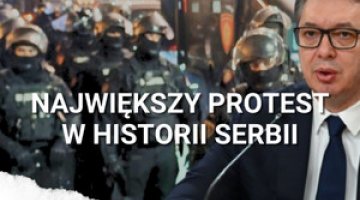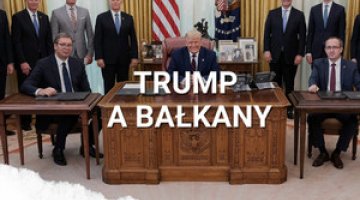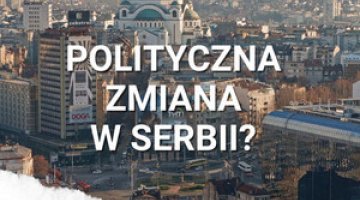Protests in Serbia: government’s provocations and escalation of violence
In recent days, violence has significantly escalated during the ongoing anti-government protests in Serbia, which have continued for nearly ten months. The mass demonstrations erupted following a railway station disaster in Novi Sad, evolving into a nationwide rebellion against the rule of Aleksandar Vučić. On 12 August, demonstrators in the towns of Vrbas and Bačka Palanka were attacked with flares, stones, and bottles by aggressive government-linked hooligans. In the following days, this incident triggered a wave of violent clashes between protesters and government supporters in cities including Novi Sad, Valjevo, Belgrade, Kragujevac, Niš, and Čačak. In some cases, police and gendarmerie have responded passively to both protesters and pro-government militias; in others, they have used force to suppress the demonstrations. Nearly one hundred protesters and several dozen police officers have been injured in the clashes. The most serious confrontations took place outside local offices of the ruling Serbian Progressive Party (SNS); in Valjevo, its office was set on fire.
The growing aggression of the security forces reflects the government’s increasingly brutal approach, aimed at suppressing the protests which have persisted since last year. The government’s escalation of violence has also prompted demonstrators, frustrated by its refusal to call early elections, to radicalise their demands.
Commentary
-
The attacks on peaceful demonstrations highlight the government’s growing resolve to suppress and delegitimise the protest movement. Pro-government militias have been deliberately provoking confrontations to lend credibility to the narrative portraying the protesters as ‘terrorists’ seeking to overthrow the constitutional order. Previous attempts by the ruling camp to depict the protests as a ‘colour revolution’ orchestrated from abroad have failed to gain traction. According to a survey by the CRTA Centre, a majority of Serbian citizens do not believe the government’s conspiracy theories, with 54% dismissing the narrative of a ‘colour revolution’. The provocations towards the demonstrators are intended to sway public opinion. However, CRTA data indicates that 64% of citizens support the protests and nearly 60% express trust in the demonstrators.
-
The clashes on Serbia’s streets also reflect the growing desperation among the protesters. Since November 2024, the demonstrations have largely remained peaceful, but in response to increasing provocations from pro-government militias, protesters have begun to retaliate. Despite the large numbers of participants in the protests, student activists have so far failed to secure their core demands, including the government’s publication of full documentation relating to the Novi Sad station reconstruction project and the prosecution of those responsible for the construction disaster (see ‘Students vs the system – protest strategies in Serbia’). The escalation of violence on Serbian streets has become a pretext for the repressive measures announced by President Vučić. The government-controlled Public Prosecutor’s Office has pledged to use all available powers against groups allegedly ‘seeking anarchy in Serbia’. In this context, the likely scenario is a further escalation of aggression, combined with more frequent provocations by pro-government demonstrators.
-
Faced with falling approval ratings, President Vučić is dragging his feet on calling early parliamentary elections, a key demand of the protest movement. In the past, elections in Serbia have been timed to benefit Vučić, who maintains tight control over the SNS. Although he declared in May that early elections would be held, no date has yet been set. This delay appears to be a calculated move, aimed at allowing time to quell the protests, discredit the demonstrators and retain control over the state. According to a CRTA survey, half of the population holds a negative view of the president’s actions, and 51% are dissatisfied with the government’s performance. However, removing Vučić and his party from power remains a difficult task, as the president continues to control the media and numerous state institutions.





